I’m going to kick things off by talking about what eczema is and why it can be such a nuisance. Eczema, also known as atopic dermatitis, is a condition that makes your skin red, inflamed, and incredibly itchy. If you’ve got eczema, you know the discomfort can range from a slight annoyance to a major disruption in your day-to-day life.
This isn’t just about dry skin; it’s also about an underlying battle with inflammation. That’s where over-the-counter (OTC) products come into play. They provide essential relief for dry, eczema-prone skin, and can prevent or reduce the common symptoms that plague sufferers.
But before you start filling your shopping cart with creams and ointments, I’m here to help you understand the right way to use these products. And guess what? It involves having a little chat with your healthcare provider, especially if you have severe eczema or other health conditions. They’ll give you the thumbs up on what’s best for your specific situation.
Topical Solutions: Lotions, Creams, and Hydrocortisone
For eczema, keeping the skin moisturized is critical. The right lotions and creams can do more than just soothe; they can also form a protective barrier to prevent future flare-ups. Look for over-the-counter products that are formulated specifically for eczema. They often contain ingredients like aloe, which calms the skin, glycerin, which draws in moisture, ceramide that restore the skin’s barrier, and petrolatum, known for its sealing properties.
In my experience, daily moisturizing with these products is a significant change for many people dealing with eczema. To maximize the benefits, apply moisturizers right after showering while the skin is still damp. This helps lock in moisture and can improve the overall effectiveness of the product.
But sometimes, moisturizers alone aren’t enough. That’s where topical hydrocortisone creams come in. These low-potency steroids are designed to reduce irritation, itching, and inflammation. Applying a thin layer of OTC hydrocortisone one to four times a day, as needed, can offer relief. However, it’s important to follow the seven-day rule: if you see no improvement in a week, it’s time to check in with a healthcare provider.
And remember, while treating the affected area, be gentle. Excessive rubbing or scratching can exacerbate symptoms. Gently pat the cream onto the skin instead. It’s these little tweaks in how you apply products that can make a big difference in managing eczema symptoms.
Soothing Eczema Discomfort with Antihistamines and Pain Relievers

I’m here to help you understand how you can alleviate the relentless itch and discomfort eczema often brings. Sure, an itch here and there might not seem like a big deal, but for someone with eczema, it can be a significant source of distress.
That’s where antihistamines come into play. You’re going to find out about OTC antihistamines such as cetirizine (commonly known as Zyrtec) and loratadine (Claritin). They are particularly useful if your eczema flares up due to allergies. These medications work by blocking histamines, substances in your body that cause itching, reducing that overwhelming urge to scratch.
The real significant change can be OTC pain relievers like acetaminophen, also known as Tylenol. When your skin feels like it’s burning or tender to the touch, a pain reliever can provide the relief you need to move through your day with less discomfort.
Of course, don’t worry too much about immediate perfection in finding the right antihistamine or pain reliever for your needs. You can always adjust your approach down the road. And remember, for best practices and optimal safety, consult your healthcare provider before starting any new medication.
In the following section, we’ll explore some of the most effective OTC products you might consider adding to your skincare arsenal. We’ll also touch on where to find them, how to identify the key active ingredients and understand their benefits for easing eczema symptoms.
Navigating the Array of Eczema OTC Products
Now, I’m going to help you sift through the wealth of OTC eczema products that are as easy to get as they are effective. You’re going to find out about some community favorites and their key features to help you choose something that resonates with you.
The majority of the below products can be found on Amazon:
CeraVe Eczema Relief Creamy Oil, with its active ingredient colloidal oatmeal at 1%, does more than just relieve dry, itchy skin associated with eczema. Its unique formulation is designed to restore the skin’s barrier. You can grab a bottle of this creamy salvation on platforms like Amazon.
Eucerin Eczema Relief Cream also contains 1% colloidal oatmeal and is known for its soothing properties. If your skin feels like it’s burning, this cooling cream can be a significant change. Look for it on CVS.com and say goodbye to discomfort.
For repairing and protecting dry, cracked skin, few do it better than Aquaphor Healing Ointment. Its substantial petrolatum content, at a whopping 41%, seals in moisture, fostering the perfect environment for healing. CVS.com has got you covered for this one.
Aveeno Eczema Therapy Moisturizing Cream is another gem with colloidal oatmeal. This little hero provides long-lasting hydration, tackling the relentless itching eczema brings. Check out the options on CVS.com to add this to your skincare army.
For those times when inflammation and itching threaten to take over, Cortizone-10 Maximum Strength Cream swings in with 1% hydrocortisone to the rescue. Its potency requires careful application, but the results speak for themselves. Find your tube on CVS.com.
A cautionary note: don’t jump into the fray without consulting your healthcare provider, especially if your eczema is severe or you’ve got other skin conditions. Your health is the priority, and that starts with the green light from a professional.
Building an Effective Eczema Management Routine

I’m here to help you wrap up your journey into eczema management with practical, sustainable strategies. It’s not just about the right products; it’s also about daily habits and a holistic approach.
Dermatologists suggest a battalion of practices and products that can shield your skin from eczema’s wrath. That’s going to include 100% cotton wearables for their breathability, physical sunblock to fend off UV rays, and fragrance-free laundry care to reduce the risk of irritation.
You’re going to find out that the cornerstone of eczema care is consistency. Building and sticking to a skincare regimen with a gentle cleanser and regular moisturization can make all the difference. And remember, it’s not only about reacting to flare-ups; it’s crucial to keep up the care even when your skin is clear.
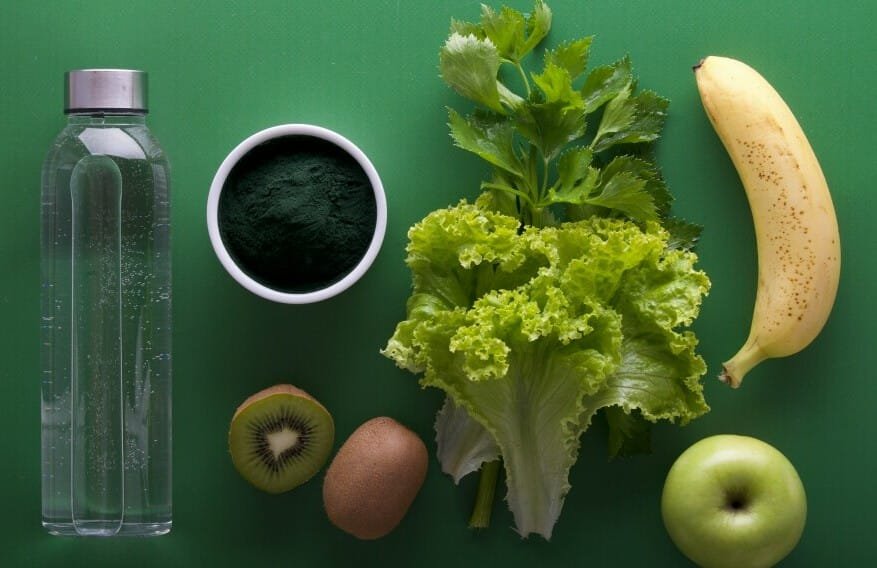
Hydration and a clean environment count. Drinking plenty of water is essential for skin health, as is maintaining a clean space to keep allergens like dust mites and tobacco smoke at bay. Some people have found comfort in vinegar baths—yep, a splash of vinegar in your bath can provide soothing effects for eczema-prone skin and eating healthy foods.
While there’s no cure-all for eczema, an informed and proactive approach can dramatically ease your symptoms and boost your quality of life. Always tailor your regimen to your specific needs and circumstances, and don’t hesitate to reach out to a healthcare provider for personalized guidance.
I hope that you’ve found these insights useful. Your eczema journey is unique; always consult your dermatologist for a personalized management plan. Stay informed, keep your routine flexible, and choose something that resonates with you.
Disclosure: ChicSkin is a participant in the Amazon Services LLC Associates Program and other programs, An affiliate advertising program is designed to provide a means for sites to earn advertising fees by advertising and linking to Amazon.com and other affiliate programs. As an associate, we earn from qualifying purchases. This means that ChicSkin may earn a commission from any purchases made through the product links provided in this post. Rest assured; this comes at no additional cost to you.
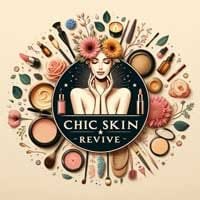

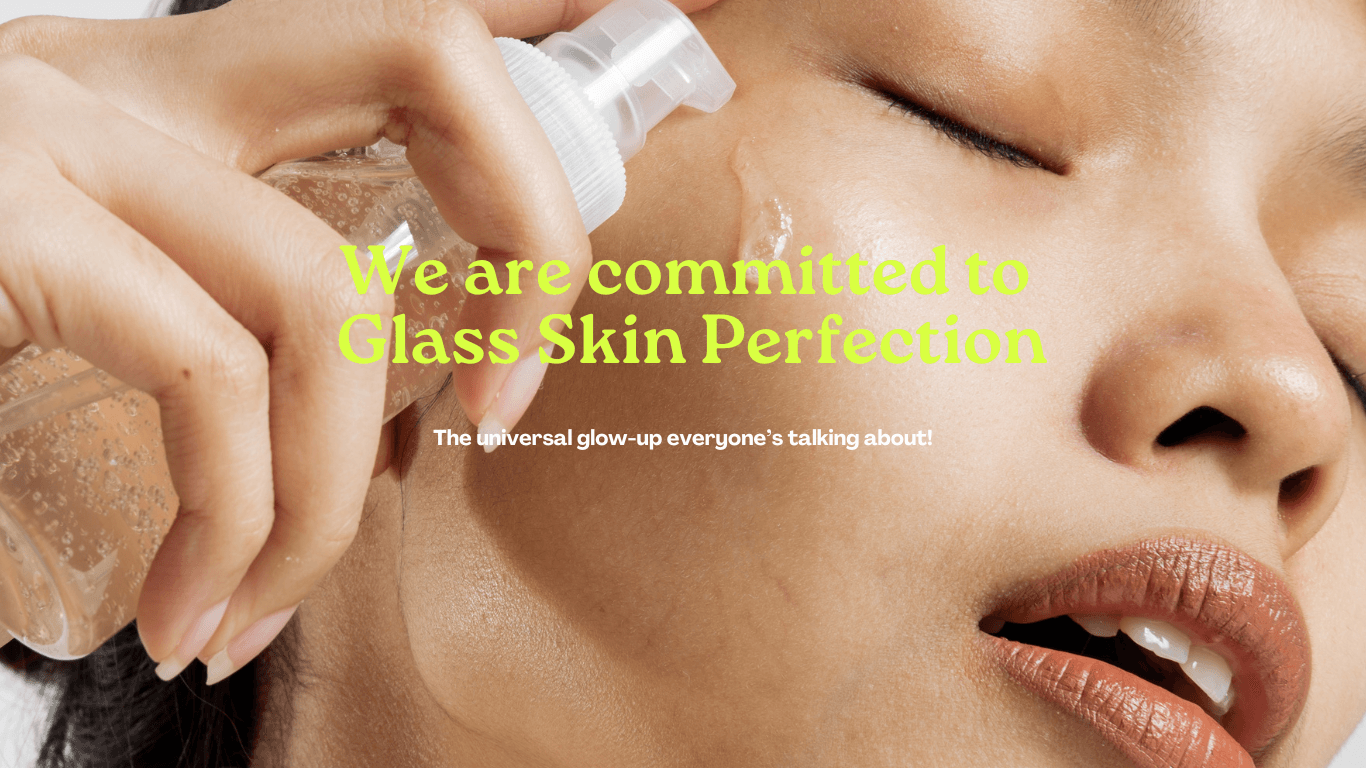
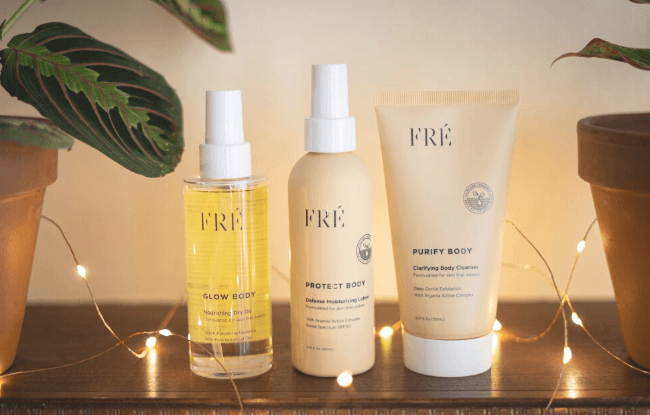
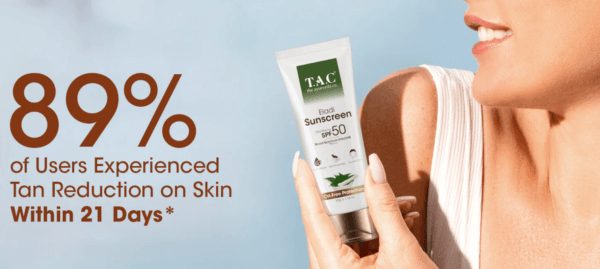
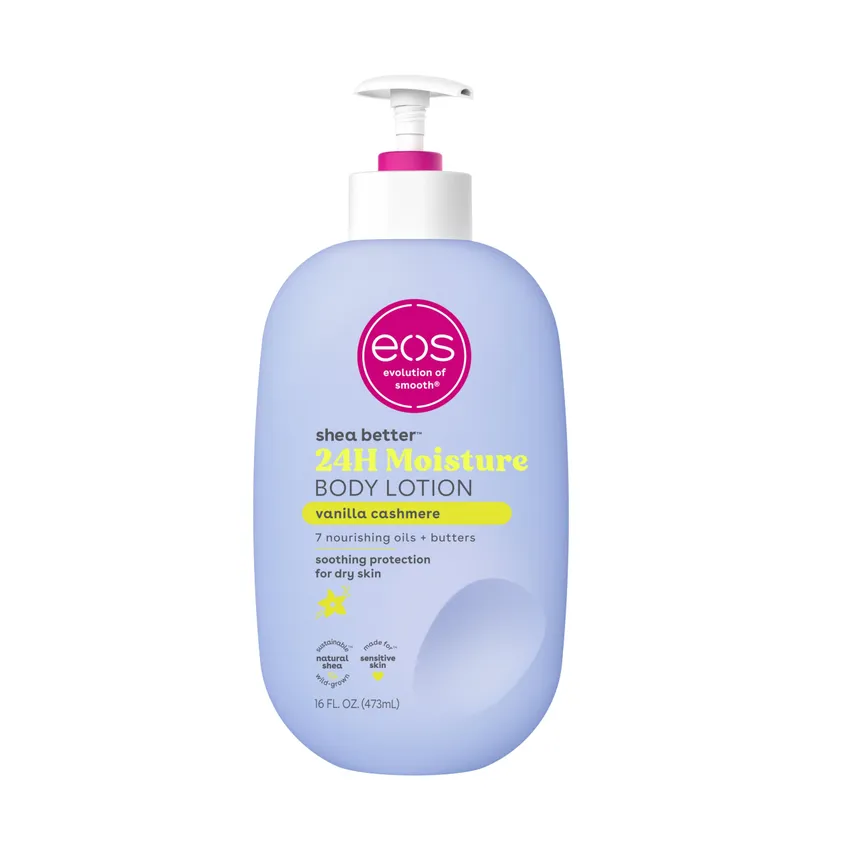
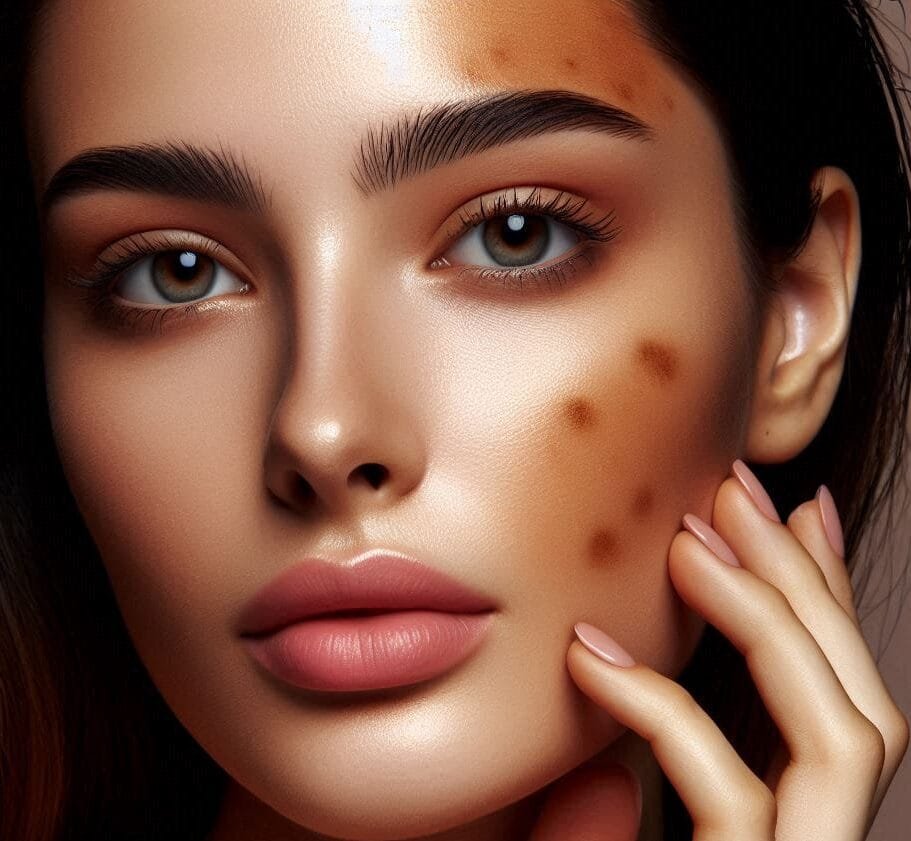

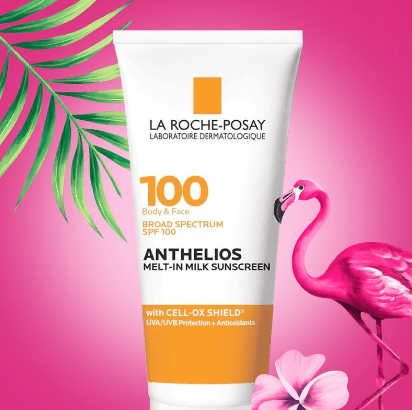
4 Comments
I know it’s weird because most people have it during winter. But I guess I’m different. I had used Eucerin and the cream was really effective. It relieved my skin, and the rashes disappeared within a week. I tend to get eczema during summertime. now, but I’ve never used it. maybe I should start trying it and make my own opinion!
Hi Shaun,
Experiencing eczema is a norm, I go through the same challenges each year. Many people find that Eucerin is very effective for managing their symptoms. If Eucerin worked well for you before, it might be a good idea to try it again. Over-the-counter options like CeraVe, Aveeno, and Vanicream are also worth considering as they are designed to soothe and protect sensitive skin.
Experimenting with different products can help you find the best fit for your skin’s needs. But it’s also best to get expert advice for best care. Good luck!
Please do visit our site again for more interactive content on skincare and beauty.
I tend to get eczema during summertime. Yes, I know it’s weird because most people have it during winter. But I guess I’m different. I had used Eucerin and the cream was really effective. It relieved my skin, and the rashes disappear within a week. I’ve heard good things about CeraVe as well, but I’ve never used it. maybe I should start trying it and make my own opinion!
It’s great that you found relief with Eucerin! Both Eucerin and CeraVe are reputable brands for sensitive skin, but they have some differences:
Eucerin:
Known for its Eczema Relief line, Eucerin is excellent for specific skin issues like extreme dryness, itching, and eczema on the body.Their Original Healing Cream is soothing for dry, itchy skin.The Daily Protection Face Lotion with SPF is also popular.However, some users find that Eucerin products can sit on the skin longer and may not sink in as well.CeraVe:
CeraVe’s Hydrating Cleanser is a standout. It’s gentle, hydrating, and suitable for sensitive skin.Their use of ceramides helps with barrier repair and hydration.If you have eczema-prone skin, the CeraVe Moisturizing Cream is a good choice.Overall, CeraVe is ideal for everyday use, especially on the face.
Bottom Line:
For eczema, CeraVe might be your best match.If your skin is simply dry and sensitive, Eucerin could work well for you.
Remember, everyone’s skin is unique, so it’s great that you’re open to trying new products and forming your own opinion! 😊